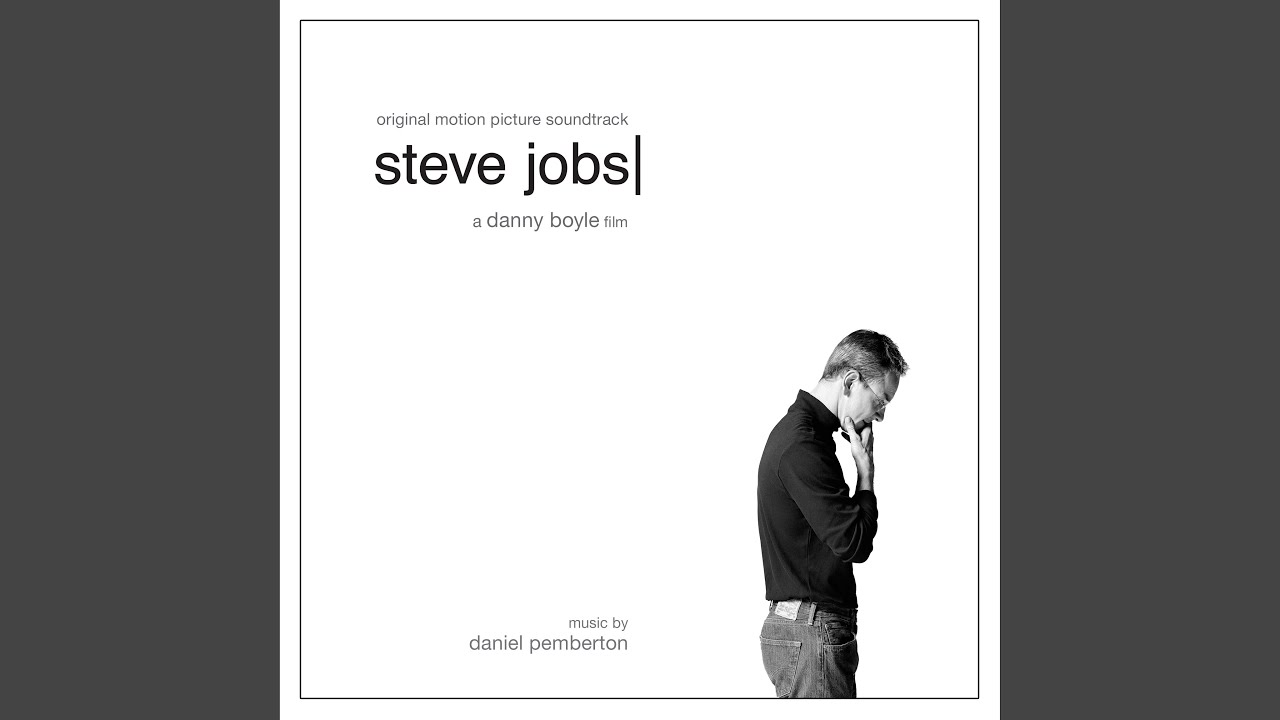

There’s always going to be an activity difference given the userbase gap, but it’s a mistake imho to see a slow-paced community as “dead”. As long as it has active subscribers, any post will get votes and comments from people who see it, even if it’s been weeks or months since the last post in that community. Slower-paced, but still there for whatever content gets posted.






Defederating Beehaw would not only weaken it as an instance, but remove its positive influence from the wider fediverse. The big platforms wield so much power and influence and money, the smaller upstarts need to connect as much as possible to stand a chance at relevance as a credible alternative. We’re all better together. I really hope you reconsider.